Is it just me or am I wetter than usual? – Dry wear maintenance, repair and when to accept its time to move on
With the winter season just around the corner (in theory) and with a couple of good weekends of rain already, its almost definitely time to start breaking out the winter cags and drysuits. Before hopping on the water for the first time this season though its probably worth giving your gear a quick once over.
Now the first thing to check is really something you should have checked at the end of last season, before stashing your winter gear away for summer: “was my gear dry when I put it away?”.
Now if the answer to this is no then a couple of things are likely to happen. Firstly, your kit is far more likely to have perished. Mold and rot thrive in damp conditions and, once mold starts to grow, it won’t be long before your kit rots away. Secondly, and this really shouldn’t come as a surprise, your kit will absolutely hum. While paddling regularly does inflict you to some pretty horrendous smelling thermals, this particular stench is easily avoidable and quite frankly unforgivable.
If your kit is starting to become fragrant then don’t forget that you can wash it! To wash your kit, either do so by hand or on a very gentle cycle, no warmer than 30°C, using a mild detergent such as Granger’s Performance Cleaner. By doing this every once in a while, you’ll be surprised how much longer your kit will last.
The other key things you should check on your dry-wear before heading out this winter are:
– Seals
Give your seals a good once over. Are they perishing, punctured or looking a bit like they’ve just gazed into the Lost Ark? While a small puncture can be repaired temporarily with a bit of aqua seal, damaged seals are definitely worth sending off to get repaired. Most manufacturers (Peak UK, Palm, NRS, Kokatat etc) will offer this service on their own kit for a small fee (latex is not covered under warranty due to it being a natural rubber and relatively fragile), or alternatively Rubber Man offers an excellent service for a small fee.
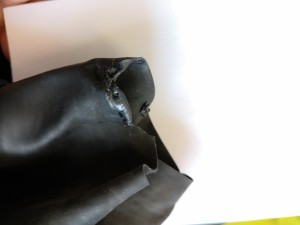
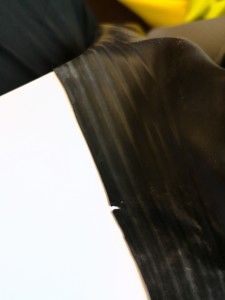
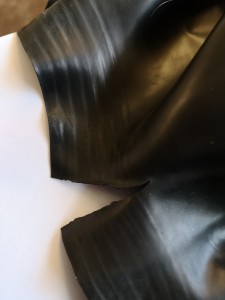
In order to keep your seals in tip top condition, treat them with a little bit of Aerospace 303. This essentially acts as a moisturizer for the latex, keeping the seals nice and supple so as to prevent any cracks appearing in the material.
–Taping
Taping is what’s applied to the inside of your cag, stopping water for pouring in through the seams. If the taping looks to becoming away this could definitely be a cause for concern, or at least a cause for a soggy thermal. While taping can be repaired to an extent, if this does appear to be happening to your gear its probably time to say farewell.
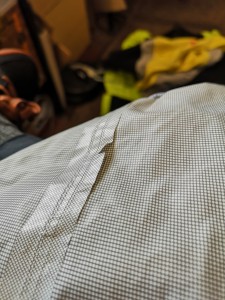

To prevent your taping from coming unstuck always dry your kit naturally, essentially don’t hang it over the radiator. Let the wind at it and then store it away from direct sunlight. The heat from the radiator can weaken the glue holding the taping down and cause it to come away.
– Delamination…
This is the biggy. Delamination is where the layers of material that make up your cags shell start to separate and can be spotted if bubbles start to appear in the material. If this is happening to your cag, its time for a replacement. Don’t feel you necessarily have to bin it though, I used my very old and very delaminated cag in the Alps for 3 weeks and it was ideal! While it let water in it was 30 degrees most days and even though I was soaked underneath it kept the glacial splashes at bay.
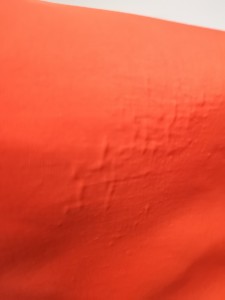
If your cag is still within its warranty and you can see signs of delamination it is definitely worth getting in touch with the manufacturer or the retailer you brought it from, however if outside of warranty it is most likely time for a new bit of kit.
In order to prevent this from happening take the same step as described in the taping section; try and store your kit away from direct sunlight and when drying your cags and drysuits try and avoid doing so over a radiator. The heat from this can often weaken the lamination.
What should I do if my cag is done for?
Well come and see us of course! If your cag is at the end of its life and you want to keep boating into the winter (of course you do, its the best time of year for it!) then there are loads of great options available at the moment. If you want to see what we have available in stock head over to our website to see our range of Cags and Dry-Suits, or even better pop in store for a cup of tea and to try all the different options on.

Comments
Powered by Facebook Comments